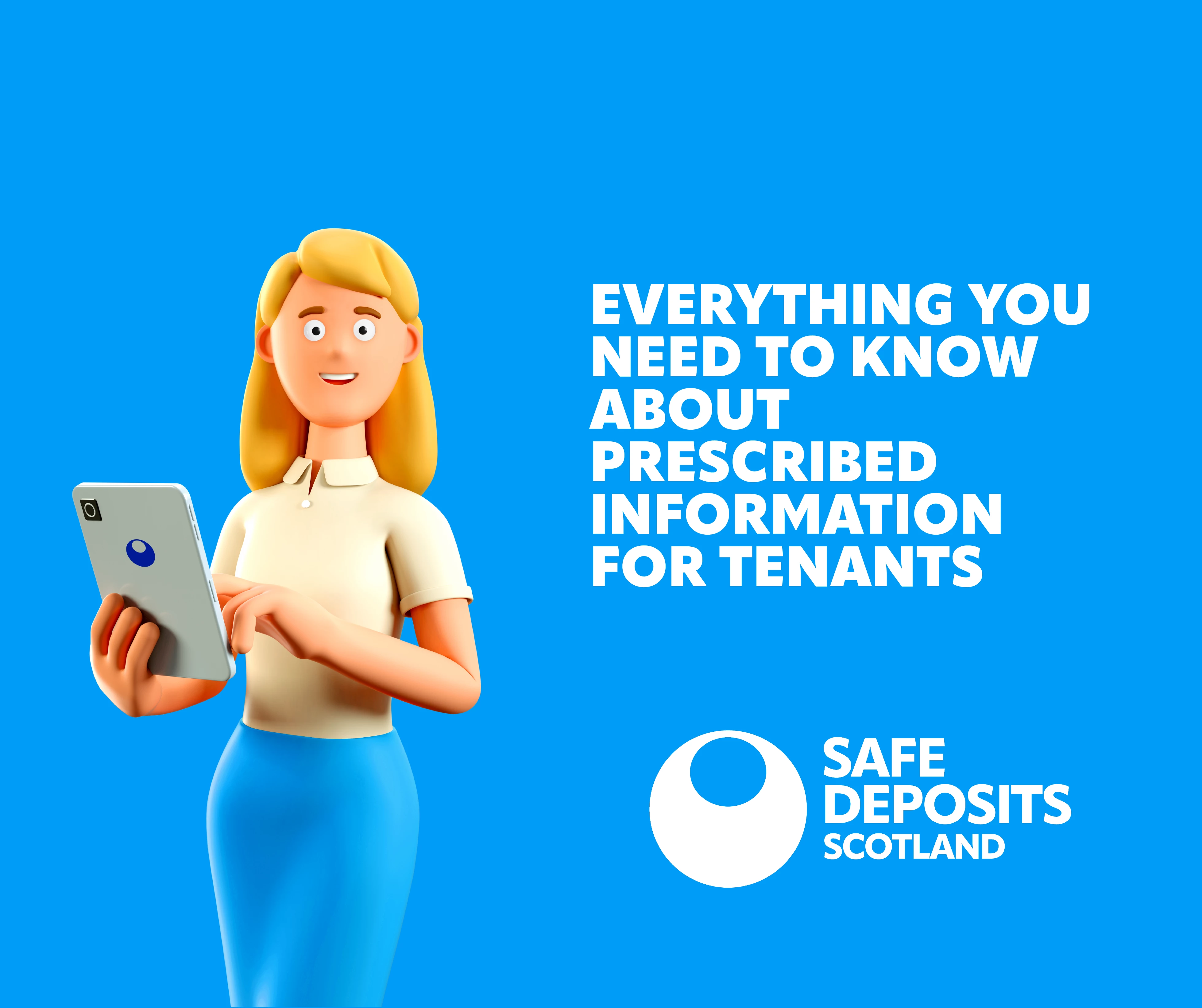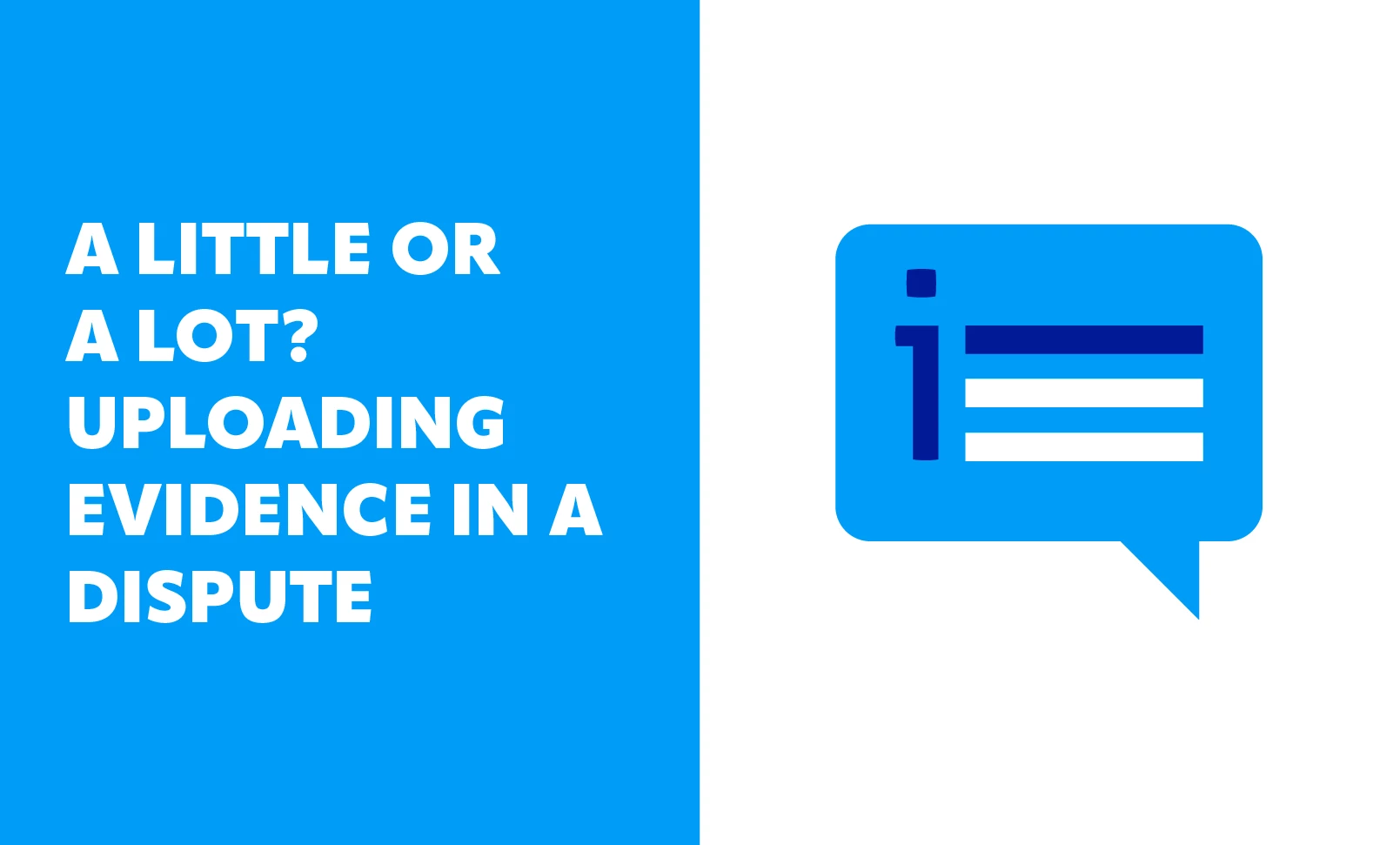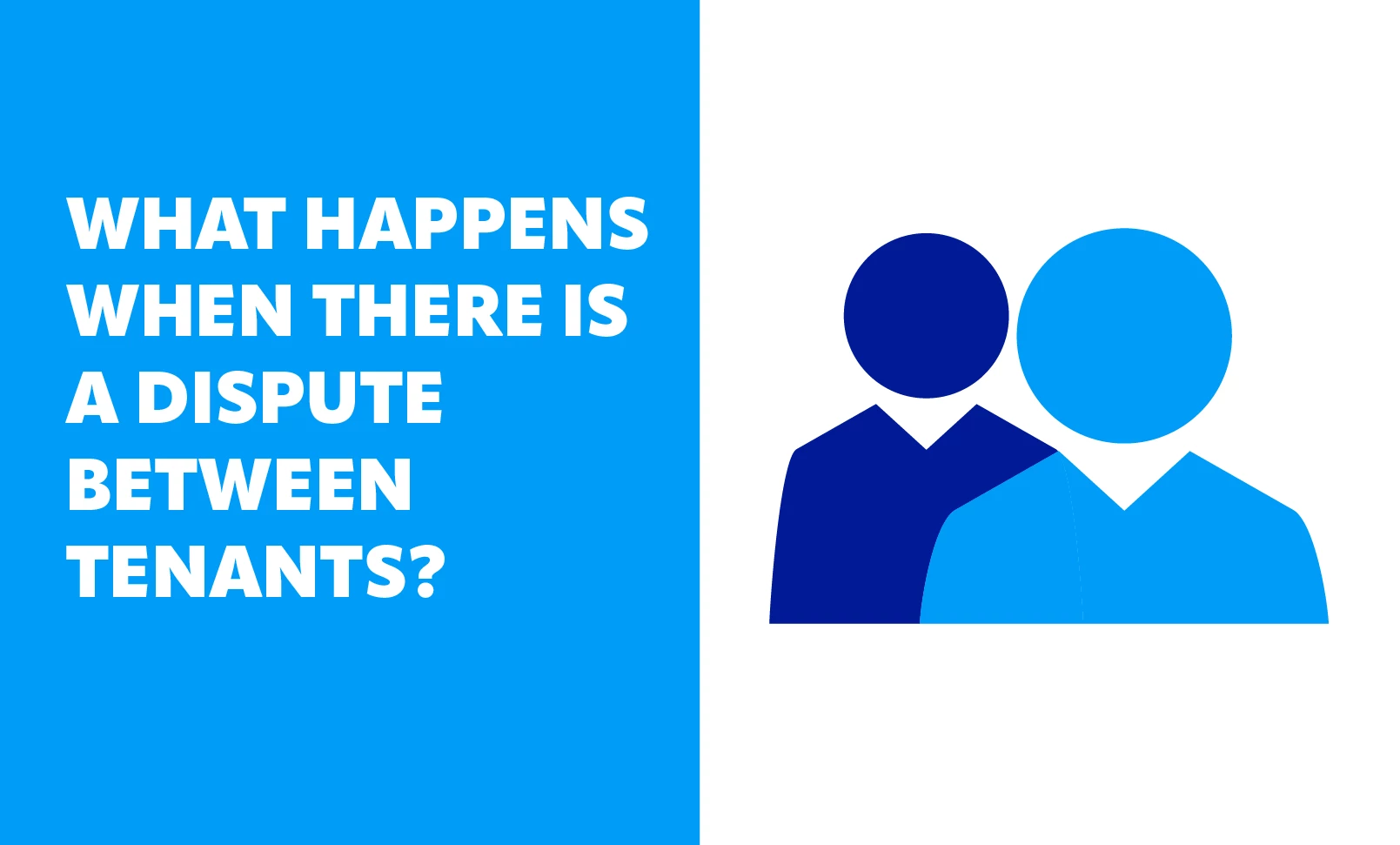Everything you need to know about prescribed information for tenants
When a tenant moves into a property, there is some key information that the landlord or letting agent has to provide them with. This is required under the Tenancy Deposit Schemes (Scotland) Regulations 2011.
The reason that the information should be provided to the tenant is primarily to keep them informed on the status of their deposit. The deposit is the tenant's money, and they have the right to know where it is and that it is being protected. When a deposit is protected, the tenant should automatically receive communication from the tenancy deposit scheme it has been lodged with but the prescribed information is a means of the landlord directly confirming this action with their tenant.
The information will be particularly useful to tenants in such instances where they do not have the scheme's email to hand - for example, if they have deleted it or if an incorrect email address was provided and they never received it. SafeDeposits Scotland does receive enquiries from tenants who don't know which tenancy deposit scheme in Scotland that their deposit is lodged with and who can be understandably panicked until they get through to the correct scheme that is protecting their deposit.
If the landlord fails to provide the prescribed information within 30 working days of the tenancy start date, the tenant could make an application to the First-tier Tribunal for Scotland (Housing and Property Chamber), which could potentially see a sanction of up to three times the total deposit amount being imposed on the landlord. Even if the deposit has been lodged, the tenant can still go to the Tribunal if they have not been provided with prescribed information, such is its importance.
The prescribed information which should be provided as laid out by regulation 42 of the Tenancy Deposit Schemes (Scotland) Regulations 2011 is as follows:
- Confirmation of the amount of the tenancy deposit paid by the tenant and the date on which it was received by the landlord
- The date on which the tenancy deposit was paid to the scheme administrator
- The address of the property to which the tenancy deposit relates
- A statement that the landlord is, or has applied to be, entered on the register maintained by the local authority under section 82 (registers) of the 2004 act
- The name and contact details of the scheme administrator of the tenancy deposit scheme to which the tenancy deposit was paid
- The circumstances in which all or part of the tenancy deposit may be retained at the end of the tenancy, with reference to the terms of the tenancy agreement
The final point here is beneficial to the landlord as it helps manage the expectations of the tenant. This can potentially help minimise the chances of a dispute occurring at the end of the tenancy when it is time for the funds to be released back to the tenant, as it will reinforce to tenants how they should be treating the property during their tenancy and the criteria they must meet to receive their full deposit back.
To help with providing tenants with prescribed information, we have created a template which you can use and add additional clauses to if necessary. Download the template here. All fields should be completed, and the tenant should receive a copy within 30 working days of their tenancy start date. This document is separate from the Deposit Protection Certificate, which the tenant should also be provided with.
SafeDeposits Scotland is a government approved tenancy deposit scheme in Scotland, and is the only scheme based in Scotland. We hold the deposit during the tenancy and return to the tenant at the end of the tenancy when the landlord or letting agent has agreed to repayment. We also provide an impartial adjudication service for tenants and landlords if they can't come to an agreement. Find out more about SafeDeposits Scotland and what we do.



